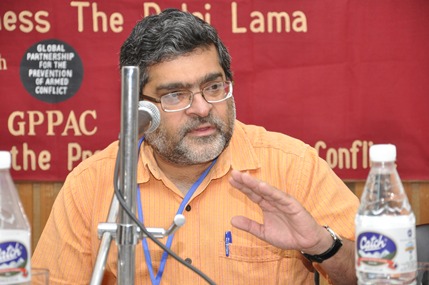
The Singular and Sinister Exceptionality of the Coronavirus (COVID-19)
Professor Vinay Lal, UCLA Professor of History and Asian American…

UCLA Researchers Use Big Data Expertise to Create a News Media Resource on the COVID-19 Crisis
In the Department of Communication at UCLA, the Co-Mind Lab has…

A Global Lifeboat: Evolution and Kindness in the Time of Coronavirus (Audio)
Dr. Daniel Fessler, Anthropologist and Director of the UCLA…
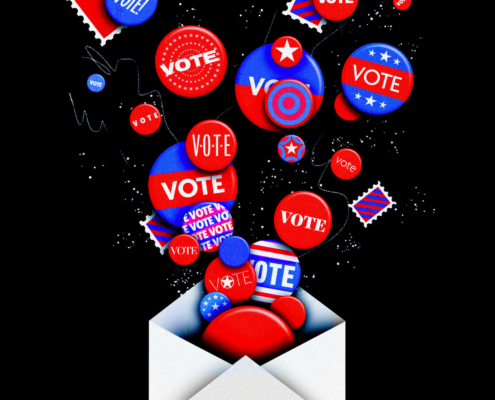
UCLA Voting Rights Project Releases Recommendations for Implementing Vote-by-Mail Program
The UCLA Voting Rights project released a white paper this…
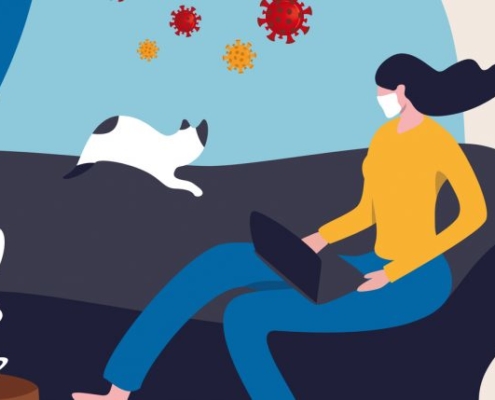
UCLA Sociology Professors Advocate for “Physical” Rather Than “Social” Distancing
March 21, 2020 In an opinion piece that was published…
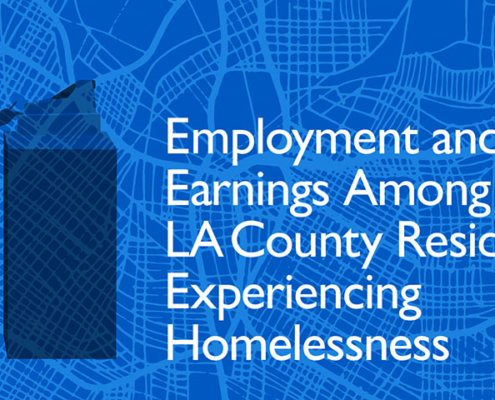
New Study Finds a Substantial Number of Californians Are Working Before Becoming Homeless
February 27, 2020 --- A new report released today by the…
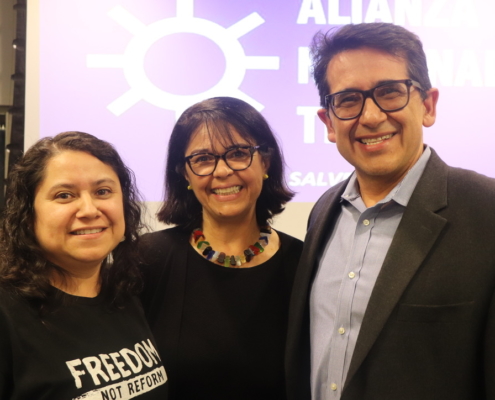
Transnational Struggle, Survival, and Resistance: Exploring the Intersectionalities of Central American Migrants
By Bryanna Ruiz and Amado Castillo, UCLA Latino Policy &…

International Prize of History Awarded to UCLA Professor Subrahmanyam
UCLA History Professor Sanjay Subrahmanyam, Distinguished…

“Black on Both Sides” Listening Party — VIDEO
In case you missed it: *On December 13, 2019, in a one-of-a-kind…
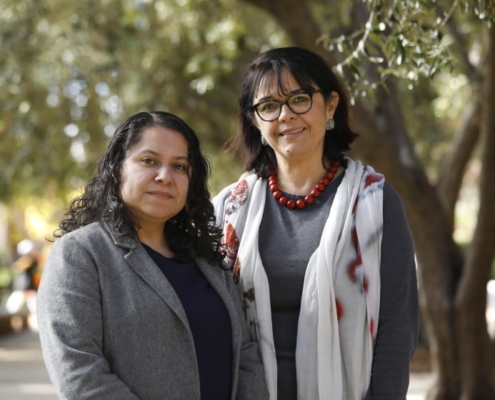
Spotlight on Central American Studies at UCLA
The Los Angeles Times featured three scholars from UCLA's…

